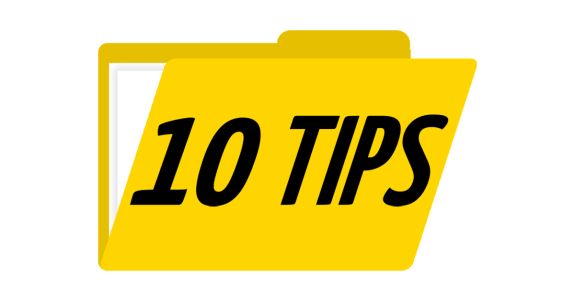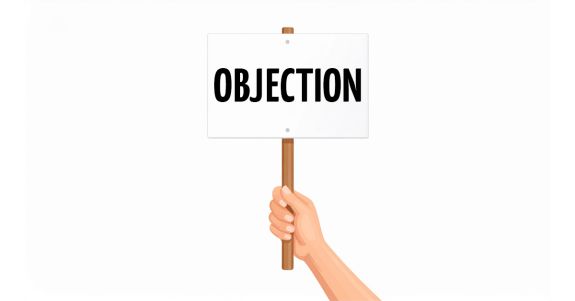Recent news

10 important year-end tips
As the end of 2025 approaches, what should you, as an entrepreneur, company director, major shareholder, employer or private individual, be arranging or preparing for? And which changes taking effect in 2026 can you plan for now?

Compensation for Transitional Payment – Current Status
The compensation for transitional payments has become well established. This compensation scheme for transitional payments was introduced on 1 April 2020 for employers – but what is the current situation?

Mass Objection Procedure for Tax Interest on Income Tax (IB)
From 8 May 2025, objections against tax interest on income tax (IB) assessments have been classified as mass objections. This classification also applies to other taxes, including wage tax and value-added tax (VAT). Submit your objection on time!
